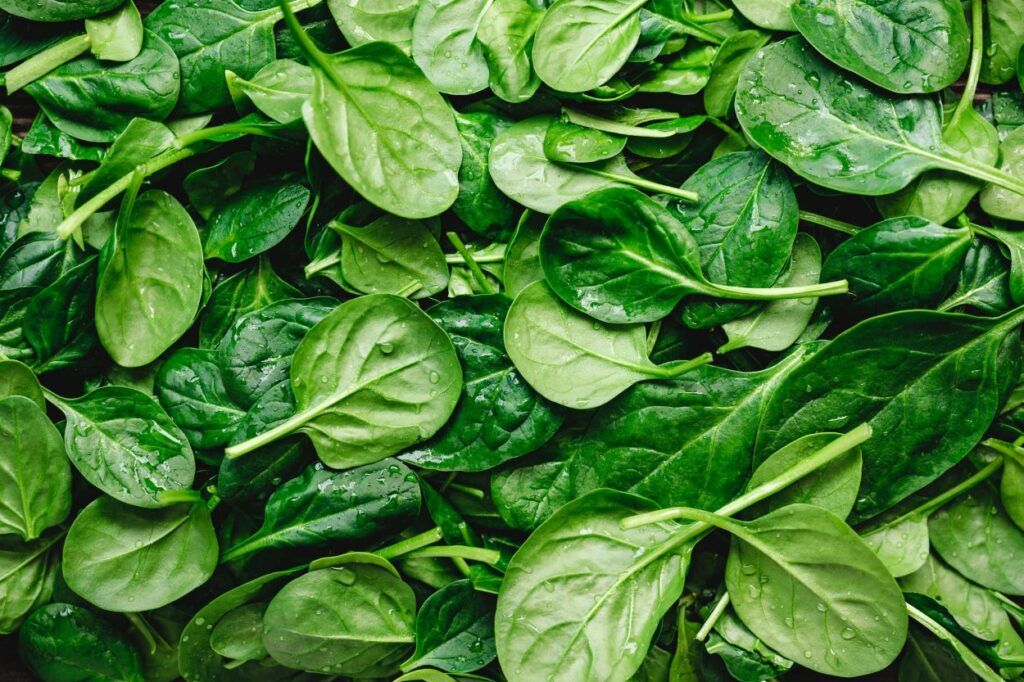Whether hot soups or frozen treats, takeout eats often come tucked inside lightweight, rigid expanded polystyrene (EPS) foam containers. According to the people at Epsilyte, food packaging EPS keeps meals insulated for the trip home or to outdoor picnics thanks to its superior capacity to deter heat transfer. Despite environmental issues around persistent EPS waste, this foamed plastic remains a preferred vessel carrying everything from steaming lasagnas layered in cardboard boxes to ice cream cakes enrobed by molded plastic tubs.
How Foam Functions for Food
As a lightweight, durable, closed-cell plastic, EPS excels at regulating temperatures. During production, polystyrene beads infused with pentane gas expand rapidly under steam and pressure, fusing into rigid foam composed of about 90-98% trapped air pockets. These billions of tiny cells dispersed evenly throughout EPS account for its impressive insulating behavior.
The air bubbles dramatically slow conduction, convection and radiation, the three heat transfer methods. Foam plastic consequently keeps hot foods piping and cold items chilled far longer than non-insulated containers by deterring ambient warmth or coolness from quickly permeating walls. Such effectiveness makes EPS a staple for enduring popular takeout and to-go packaging applications.
Specialized Capabilities Aid Food Transport
Beyond just slowing warming and cooling, food packaging EPS offers expansive shaping options that maximize safe, convenient transport and storage across dining situations, lending to its sustained usage despite recyclability and waste challenges.
For example, molded EPS conforms around specialty cakes or egg custards in customized recesses preventing sliding and damage. Hot soup pails feature foam linings that retain high temperatures to avoid lukewarm arrivals. Sturdy yet featherlight foam coffee cups endure steaming contents without sweat or burn risks. Interlocking clear EPS deli clamshell designs provide visibility of sandwiches and salads held snugly in place. Tiny vents allow steam release, so condensation rarely obscures view windows.
Frozen items likewise benefit from foam insulation tailored to usages. Insulated freezer delivery totes with EPS barriers keep ice cream bricks optimally frozen in transit. Foam bottle shippers prevent thawed, overturned toppings from ruining freezer pops or spirits en route to parties. Customizable food packaging EPS enables the enjoyment of a remarkable range of cuisine types in virtually any setting.
The Outlook Ahead
While EPS waste piles up in dumps evermore because of near-permanent persistence, new opportunities surround improved recycling and potential for biodegradable alternatives as biotech innovations progress. Regardless, expectations around food freshness and safety continue rising alongside takeout and delivery. Affordability also remains key. These realities seem poised to retain roles for EPS food packaging into the foreseeable future, albeit likely adjusting to accommodate evolving environmental regulations and consumer preferences.
Shifting from Problem to Solution
Rather than viewing food packaging EPS as a problematic plastic needing phasing out, many now see core opportunities through enhanced design tweaks. Approaches like adding recycled content, plant-based additives that aid decomposition or incorporation of tracking beads for advanced sorting at recycling plants help reposition EPS from a circular economy hindrance to an active enabler. With proactive modifications addressing afterlife impacts paired to unparalleled affordability and thermal control, adaptable EPS foam looks poised to benefit from both optimization and innovation while retaining its prized placement, keeping eats fresh.
Conclusion
The quest to balance ideal flavor, textures and temperatures with safety, stability and affordability across transportation environments has made EPS a staple takeout box, cup and cargo liner for decades thanks to customizable insulating prowess traditional materials simply cannot match. Until economics, performance barriers and waste concerns shift substantially beyond current incremental improvements surrounding recyclability and scaled adoption of pricier sustainable alternatives, expect food packaging EPS keeping eats delicious and safe on the move to remain the norm rather than the exception.

